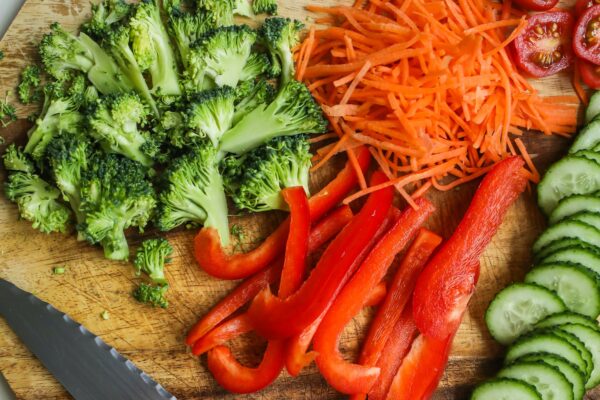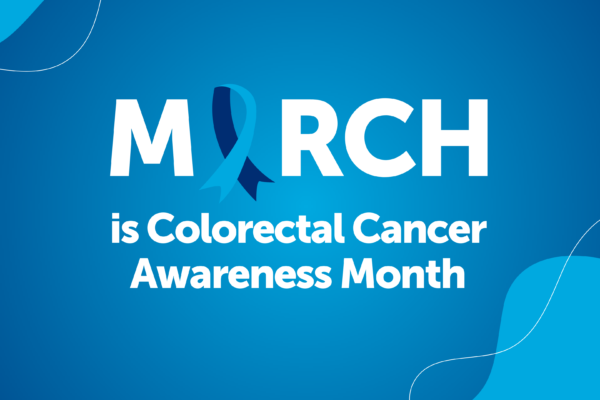Injuries
The most common reason adolescents drop out of sports is due to injury. Approximately 50% of injuries in young athletes are due to overuse injuries. Injuries at a young age that are not managed properly can discourage your child from participation in sport and exercise throughout their lifespan. To prevent overuse injuries:
- Do not advise your child to “play-up” or play on a more advanced team. Even though their skills may warrant playing on a more advanced team, their body may not be mature enough to handle the stresses of advanced play.
- Be sure to start with a dynamic warm up/stretch before participating in an activity to reduce injury risk.
- Limit participation in “competitive” or “select” teams if your child is not skeletally mature. You should consult your pediatrician to determine your child’s ability to participate in a more advanced level of play.
Stress
Physical stress is not the only type of stress injuring young athletes. Student’s eagerness to please coaches, parents, and peers often leads to undue stress on their growing bodies. Some psychological and emotional factors you should take into consideration with young athletes include:
- Young athletes often consider their sport as part of their identity.
- They tend to be more focused on the present than the future.
- Life issues such as sexuality, body image, grades, schoolwork, fear of failure or disappointing adults are some of the emotional stresses that affect their athletic ability.
Nutrition
It is imperative that young athletes receive proper nutrition. Knowing what, when, and how to eat and drink can help with development, performance, and injury prevention. A well balanced diet includes macronutrients (protein, carbohydrates, and fat) and micronutrients (vitamins and minerals) along with proper hydration.
- Carbohydrates: simple, refined carbohydrates should be avoided; instead whole grains, vegetables, fruits, milk, and yogurt should be the primary carb source.
- Proteins: lean meat, fish, eggs, dairy products, beans, and nuts are good sources of protein. Processed meats should be avoided. It should be noted that too much protein is hard on the liver, so it’s not the more the better when it comes to muscle gain.
- Fat: necessary to absorb vitamins A, D, E, and K along with protecting organs and providing insulation. Good sources of fat include: lean meat, fish, nuts, full fat dairy products, and oils such as coconut or olive oil. Fats from chips, candy, fried foods, and baked goods should be minimized.
- Calcium, Vitamin D, and Iron should be focused on when it comes to micronutrient intake for young athletes.
- Young athletes need to monitor their fluid intake before, during, and after games and practices. The temperature outside and the activity being performed should be noted for making hydration adjustments.
Resources:
Purcell, Laura. (2013). Sport Nutrition for Young Athletes. NCBI. https://www.ncbi.nlm.nih.gov/pmc/articles/PMC3805623/
Johnson-Galvez, Tegan, D.P.T., C.C.I. (2011). Five Things You should Know About Your Young Athlete. BaySport Blog. http://baysport.com/baysportblog.html




